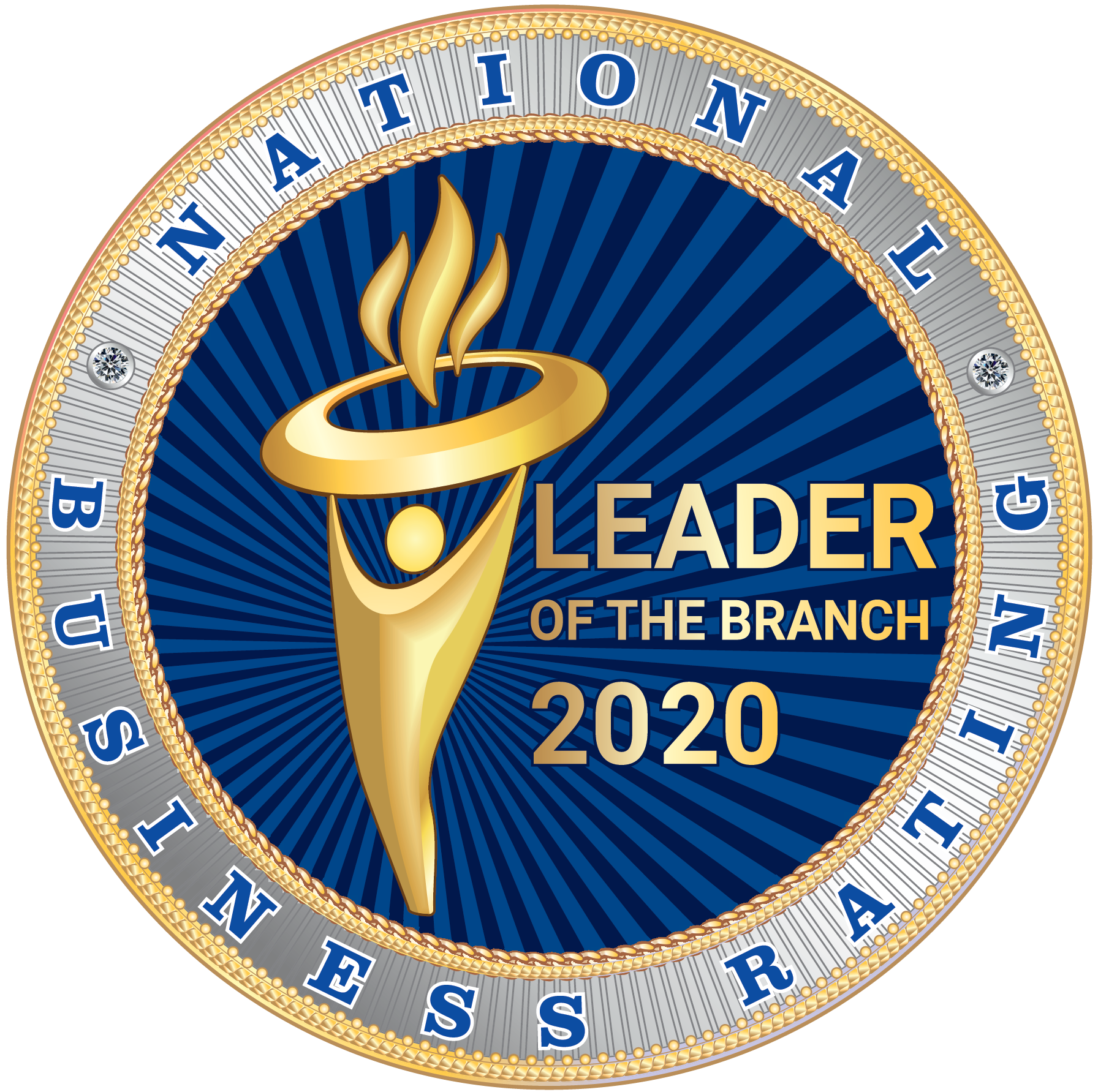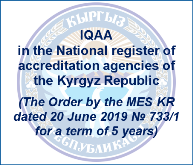Torino process
European Training Foundation European Training Foundation (hereafter - ETF) was established in 1995 under the European Comission with the purpose to facilitate to the reformation of the vocational education system in the former Soviet Union countries, Balkan and Eastern Mediterranean regions. ETF is located in Turin (Italy). The goals of ETF is to support the process of reforming, which is conducted through the realization of various projects, to provide expert help in solving urgent issues, analytical research of contemporary tendencies, assistance in transferring best practices in the fields of education and training. European Training Foundation is working on the behalf of the European Union, and provides assistance to partner countries in the creation of high-quality education and training systems, and their implementation in practice. In 2009, the European Training Foundation initiated a new direction of its activity, which was named as the Torino process. |
Torino process: general information Torino process is a joint review of the policy development in the field of vocational education and training, which is carried out every two years by all partner countries of the European Training Foundation with its support. Torino Process was launched in January 2010 and its first initiative was to review and develop reports for discussions during national seminars. Torino Process is based on a methodological approach, which defines the scope and content of the review (analytical frames), possible sources of information, the process of implementation (participation of stakeholders), and the expected outcomes. Analytical Framework provides a list of thematic sectors dedicated to the review, and within each of them affects the major policy issues, which need to be documented in order to assess the state of the TVET system and state of the policy in the field of TVET education. Types and sources of information are diverse. This can be quantitative and qualitative data and indicators, best practices, quality assessment, existing national and international studies and reports compiled by various stakeholders. The introduction of Torino Process is based on a broad participation and consultation of a large range of stakeholders (policy makers, practitioners and academics in both private and public sectors) in various stages of the process with the purpose to gather information, discuss the results of the review and elaboration of recommendations. There is a great number of countries in North Africa, the Middle East, Western Balkans, Eastern Europe and Central Asia, which participate in the Torino Process. |
Torino process: key principles The admission of responsibility by leaders responsible for the formation of the politics and stakeholders responsible both for the process and for the results (the final report). This includes the search for synergies between Torino process of national development strategies and / or other relevant processes. A broad involvement of various stakeholders, including parliamentary committees, managers, policymakers, representatives of social partners, directors of educational institutions, teachers, local authorities, representatives of companies, researchers and representatives of civil society. The comprehensive scope of participants provides a platform for the exchange of opinions and a search of consensus by stakeholders, thereby establishing the connection between the policy analysis and the achievement of an agreement on the choice of options and ways to implement the policy. An integrated approach based on the expanded understanding of the TVET, covering both young people and adults, and a systematic approach, which takes into account not only the system elements and their connections, but also the ability of the TVET system to respond to the demands of the socio-economic environment in which it operates. Analytical framework encompasses the vision, the analysis of the external and internal efficiency, as well as the issues of management and financing of the TVET system. Assessment based on the documented analysis plays a key role in the adoption by countries of solutions in the area of policy development and evaluation of the achieved progress, and in some cases (if it is justified and the country is interested) - a comparative analysis in relation to the EU experience. Evidence-based approach also helps to identify and disseminate examples of the best practices from the pilot to a system-wide level. |
Torino process: analytical framework The analytical framework is a tool for collecting and interpreting qualitative information, contextualizing the quantitative data, and monitoring the implementation of and progress of TVET development, including those, which are used to compare the national, regional and international indicators. Each section of the analytical framework includes a sub-unit on policy initiatives and the evaluation of progress for the period from 2010.
Analytical framework:
Analytical framework covers five key directions of the policy analysis , which are presented in five sections. Section A – The vision of the national TVET system. What is the national vision for development of the TVET system? Does it reflect the views of all stakeholders, and how it may affect the increase in competitiveness and achievement of comprehensive national development goals? This section also provides a general overview for systems of initial vocational education and training (IVET) and continuing vocational education and training (CVET).
Section B – Effectiveness and efficiency to meet the demands of the economy and the labor market. Which key factors of economy and labor market form the demand for skills in the country? What are the mechanisms to determine the demand and compliance of the demands and supply of the skilled manpower provided by the system? Finally, what are the possibilities for the TVET system to affect the above-mentioned external factors? Section C – Effectiveness and efficiency to meet demographic and social demands and the requirements of a social integration (inclusion). What are the demographic and social factors, which form the demand for the TVET services? What is the capacity of the TVET system to effectively respond to these factors, to ensure an inclusive approach to learning and to meet the needs of students in their professional and personal development?
Section D – The internal efficiency of the TVET system. How to define and assure the quality of learning outcomes in the TVET system? How effective is the TVET system? Who ensures its continuous improvement and how is it achieved?
Section E – Management and practices of implementing the TVET policies. What decisions, in what ways and at what level are these decisions accepted in the TVET system? What is the hierarchy of assigning the functions and responsibilities, and how this system for assigning of responsibilities affects the improvement of the quality of the TVET system?
In 2014, the analytical framework of the Torino Process was revised and supplemented. Currently, its structure reflects the sequence of the stages for the policy cycle and is based on a number of common prerequisites, such as:
|
Torino process: forms of participation There are two possible forms of participation in the framework of the Torino process: 1. Assessment under the supervision of ETF
Each country holds a final seminar on the dissemination of results. During this seminar, the final key priorities in reforming of the TVET system within the country are being determined. 2. Self-assessment by countries This form of participation is more appropriate for countries, which can self-assess their operations and develop country reports. The ETF offer a number of criteria for compliance with four principles of the Torino Process to countries, which choose this form of participation:
|
















